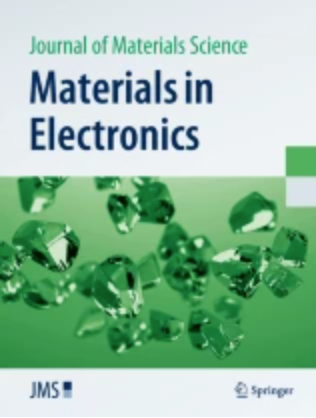A study on the correlation between the precursor concentration and the structural, optical, electrical, and photoconductive properties of zinc oxide thin films
Abstract
ZnO thin films were deposited on glass substrates using spray pyrolysis technique with zinc acetate as the precursor salt. A systematic investigation was conducted by preparing three distinct ZnO thin film samples, wherein the molar concentration of the precursor solution was varied from 0.15 M to 0.25 M. The thickness of the thin films is in the range of a few micrometers. It is observed from X-ray diffraction studies that the deposited films exhibit a hexagonal structure with a preferred orientation along the (002) plane. The optical band gap energy of the thin films was calculated using the tauc plot and the obtained values lie within the range of 3.14 to 3.2 eV. Urbach energy was calculated from the band tail plot, and it was found that the sample fabricated with 0.2 M precursor concentration has the lowest urbach energy at 0.11 eV. The activation energy of the samples determined using the Arrhenius plot lies within the range of 0.76 eV – 1.37 eV. I-V characterization done on the samples under dark conditions and under illumination revealed that the sample prepared with 0.25 M precursor concentration has the highest dark and photocurrent at 1 V, while the 0.2 M sample has the highest sensitivity to photons. From transient photoconductive studies, it was observed that when illuminated with a UV lamp (365 nm) the 0.2 M sample exhibits the highest photocurrent value of 10 µA surpassing the photocurrent of the other two samples by a factor of approximately three. The correlation between the crystallinity, morphology, urbach energy, and photoconductive parameters of the samples was discussed.


 求助内容:
求助内容: 应助结果提醒方式:
应助结果提醒方式:


